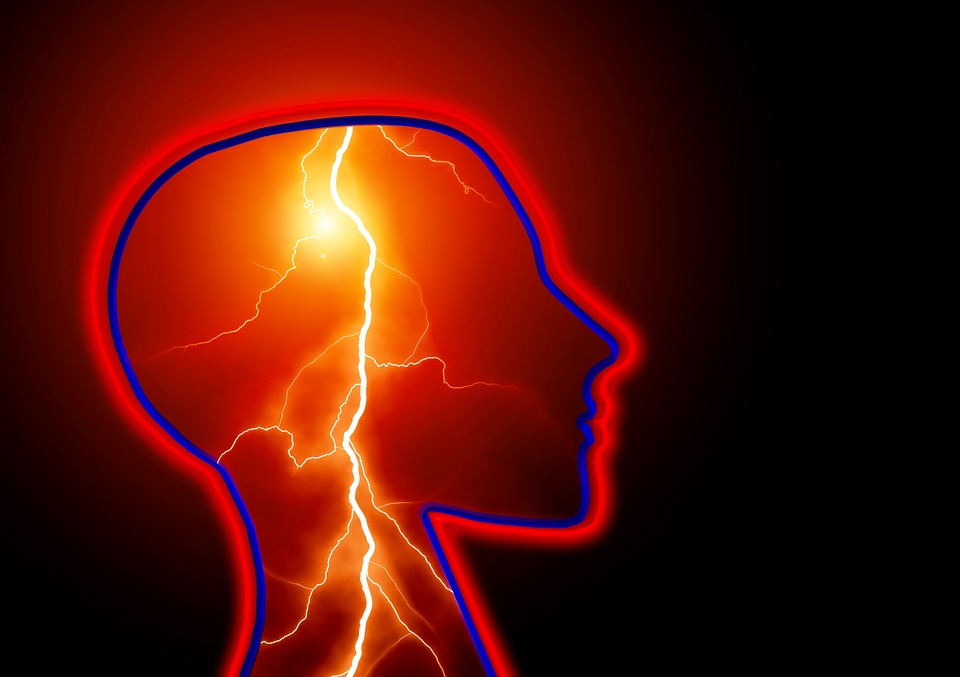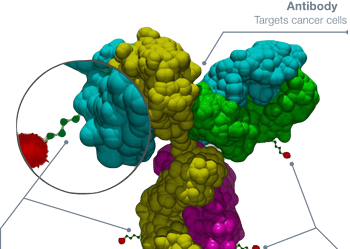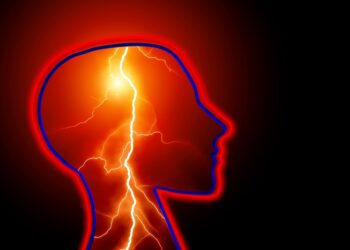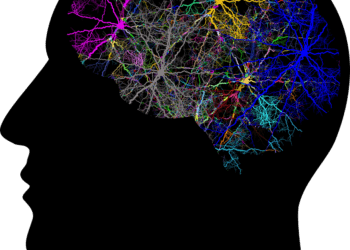Epilepsy can have many origins such as a result of a brain injury or a stroke, it can be triggered by a tumor or even passed down along family lines. Now a new study published in the scientific journal Annals of Neurology by researchers at the University of Bonn has found another mechanism that might cause seizures.

While it has been known that some forms of epilepsy are accompanied by inflammation of certain brain regions, the link between these inflammations and the seizures themselves hasn’t always been clear.
It is particularly dangerous when inflammatory reactions affect the hippocampus — a brain structure that plays an important role in memory processes as well as the development of emotions. This causes a condition coined limbic encephalitis, but it is still unclear exactly what processes trigger the condition. The scientists at Bonn have now found that autoantibodies are playing an important role.
Unlike normal antibodies, these autoantibodies are not directed against molecules that have entered the organism from outside, but against the body’s own structures (the prefix “auto” can be translated as “self”).
The Bonn study found these autoantibodies in the spinal fluid of epilepsy patients suffering from acute inflammation of the hippocampus. The autoantibody is directed against the protein drebrin. Drebrin ensures that the contact points (synapses) between nerve cells function correctly.
The problem with autoantibodies is that they act somewhat like a trojan horse.
Information processed in the brain is electrical, however, these synapses communicate via chemical messengers — the previously mentioned neurotransmitters. In response to an electrical pulse, the transmitter synapse emits transmitters that then dock to certain receptors of the receiver synapse, where they in turn also generate electrical pulses. The synaptic vesicles (the “packaging” of the neurotransmitters) are once again absorbed and then are recycled.
In experiments with cell cultures, the Bonn group was able to show that shortly after the addition of the autoantibody to the Petri dish, the neurons began to fire machine-gun-like rapid bursts of electrical impulses. In the human brain, this would then most likely result in an epileptic seizure.
“The autoantibody seems to use this route to sneak into the cell, as with a Trojan horse,” explains Becker’s colleague Prof. Dr. Susanne Schoch McGovern. “We know that this form of electrical excitation is contagious, so to speak. With nerve cells, which are interconnected to form a network, all the nerve cells involved suddenly start firing wildly.”
Besides learning about this new method of potential seizures, these results also give hope for new therapeutic approaches for epilepsy. As an example, active substances such as cortisone can suppress the immune system and thereby possibly also prevent the massive production of autoantibodies.
The researchers also elude that it may also be possible to intercept and incapacitate them specifically with certain drugs. However, they also believe there is still a long way to go before treatment becomes available.
Epilepsy affects both males and females of all races, and according to the Centers for Disease Control and Prevention, as of 2015, almost 40 million people globally suffered. According to a 2016 Lancet publication, the year prior resulted in 125,000 deaths from the condition, an increase from 112,000 in 1990. There are over 150,000 new cases every year and one-in-26 people in the U.S. will develop the disease at some point in their lives. Alexander the Great, Theodore Roosevelt, Napoleon Bonaparte, Neil Young, and Prince are some of the most well-known sufferers of epilepsy.






